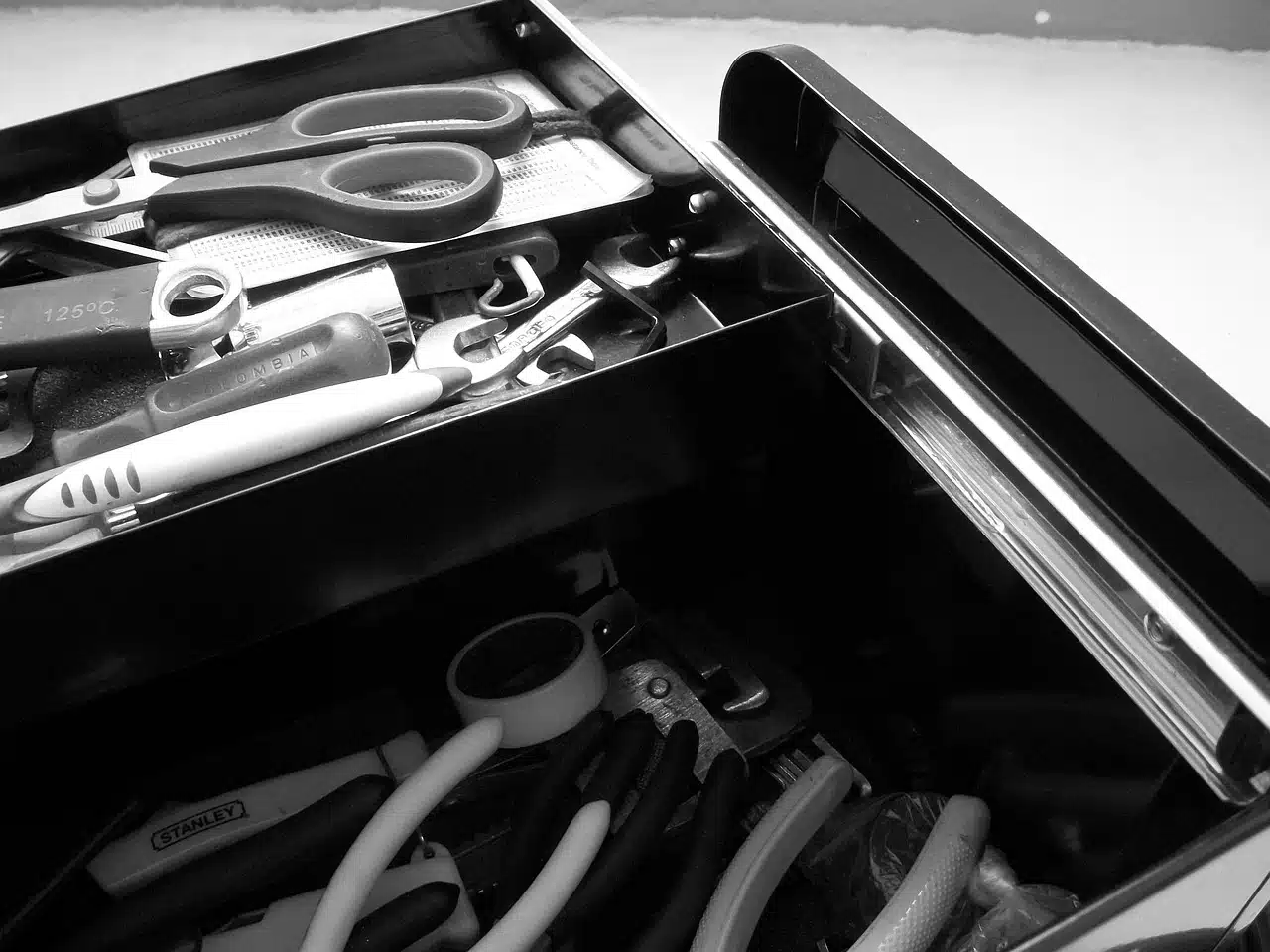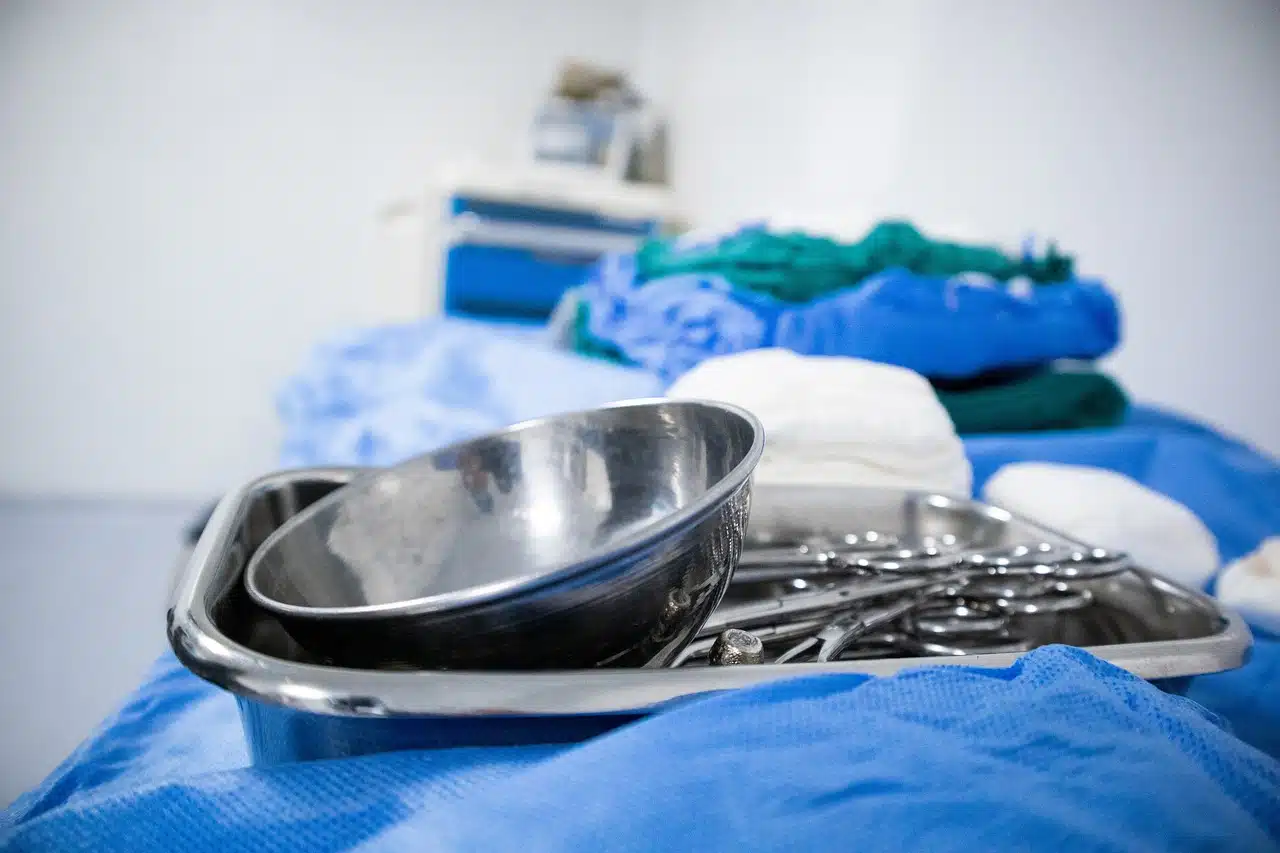
Instrumentation is the act and effect of instrumenting.
Instrumentation is the process and result of instrumenting . This verb refers to locating, arranging or arranging certain instruments , to having the scores of a certain musical work for the instruments that will play it, or to ordering or developing something.
For example: "Please have the operating room instrumentation ready in ten minutes," "The concert was wonderful thanks to the excellent instrumentation," "The instrumentation of the project will take about three weeks."
Different types of instrumentation
In this way, starting from this meaning we have to highlight the existence of an area called electronic instrumentation . This is the one in charge, within the aforementioned technological world that gives it its name, of carrying out the entire design, testing and control process of the various electronic and electrical devices that are required.
Musical instrumentation is known as the studies and activity that consists of generating music using an instrument. This realization requires considering the different properties of each instrument, such as timbre or tone; have the ability to achieve appropriate execution; and know what the conventional notation of the instrument in question is.
Surgical instrumentation , on the other hand, is a university-level career where the necessary knowledge to handle medical instruments and accessories is transmitted. This knowledge enables the instrumentalist to take part in surgical interventions.

Surgical instrumentation is linked to the management of medical accessories and instruments.
Instrument table
The essential element in surgical instrumentation is the instrument table , a piece of furniture found in the intervention room and which presents the arrangement of the elements to be used in the operation .
On that same table is where the corresponding surgical instruments are located, which will allow the doctor in question to undertake the intervention ahead with all guarantees. In this sense, it must be emphasized that said instruments can be classified according to the functions they allow to be performed.
In this way, we have the following:
- The umlaut , which is what allows the tissues to be sectioned. Scissors or scalpels are the most important.
- The prehension , which is used to hold or mobilize tissues, and is also called tweezers.
- The separation , which gets its name from the function it has. It is used by surgeons to be able to carry out their tasks in a clearer and simpler way. Also known as a separator.
- The clamping function , on the other hand, is the one whose function is to hold the vessels without causing any type of damage to them.
- The aspiration is responsible for cleaning the extravasated blood that makes it difficult for the surgeon in question to see the organs or other body structures well.
- The synthetic one is the last one and it is the one whose mission is to help and accelerate the wound healing process, the one that is used for suturing.
Industrial instrumentation
Finally, industrial instrumentation is known as the set of tools that allow the measurement, conversion, control or transmission of the variables of a certain process. This allows optimization of the resources used.
The variables that can be worked with through industrial instrumentation can be chemical (such as the acidity level of a soil) or physical (humidity, temperature, etc.).
